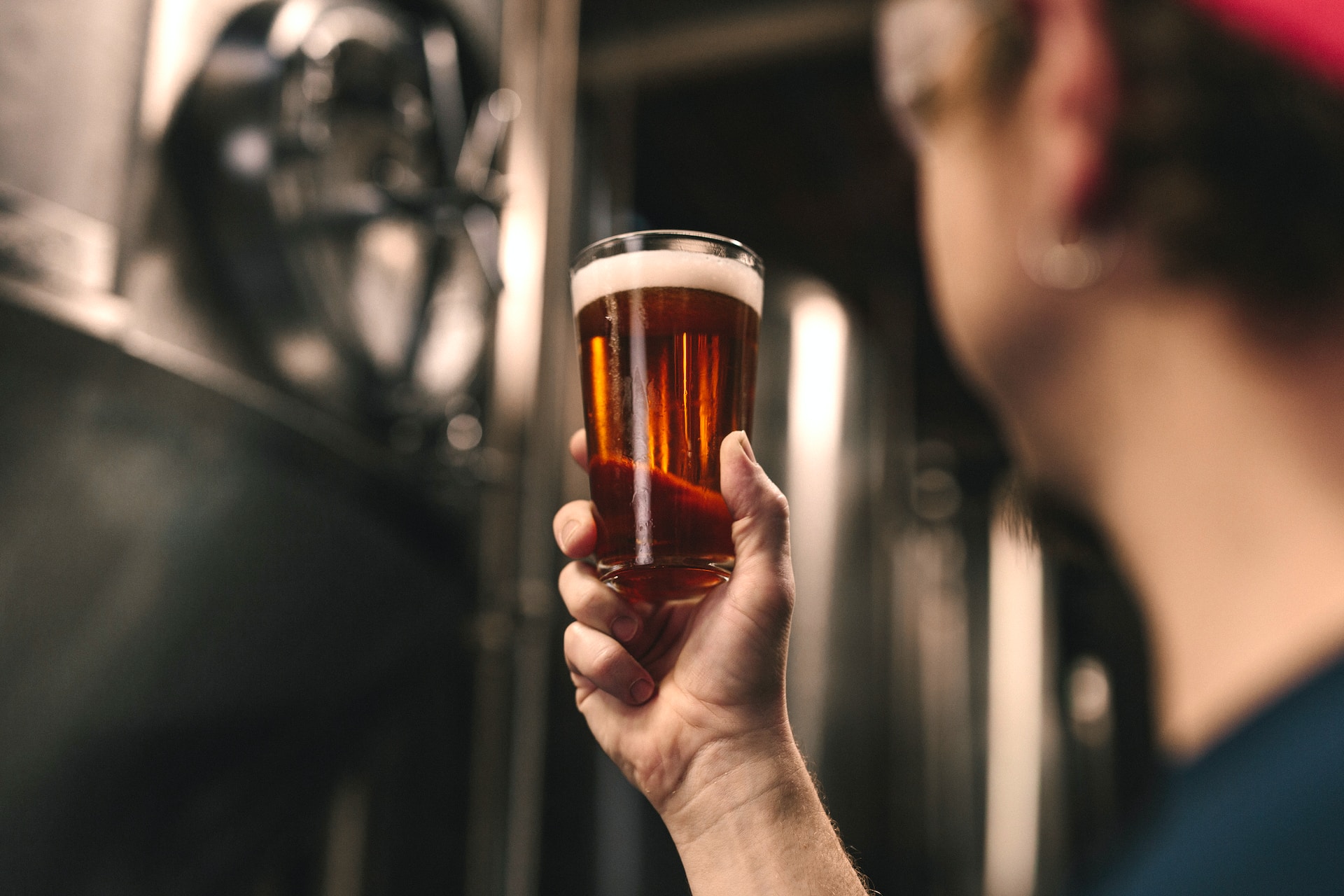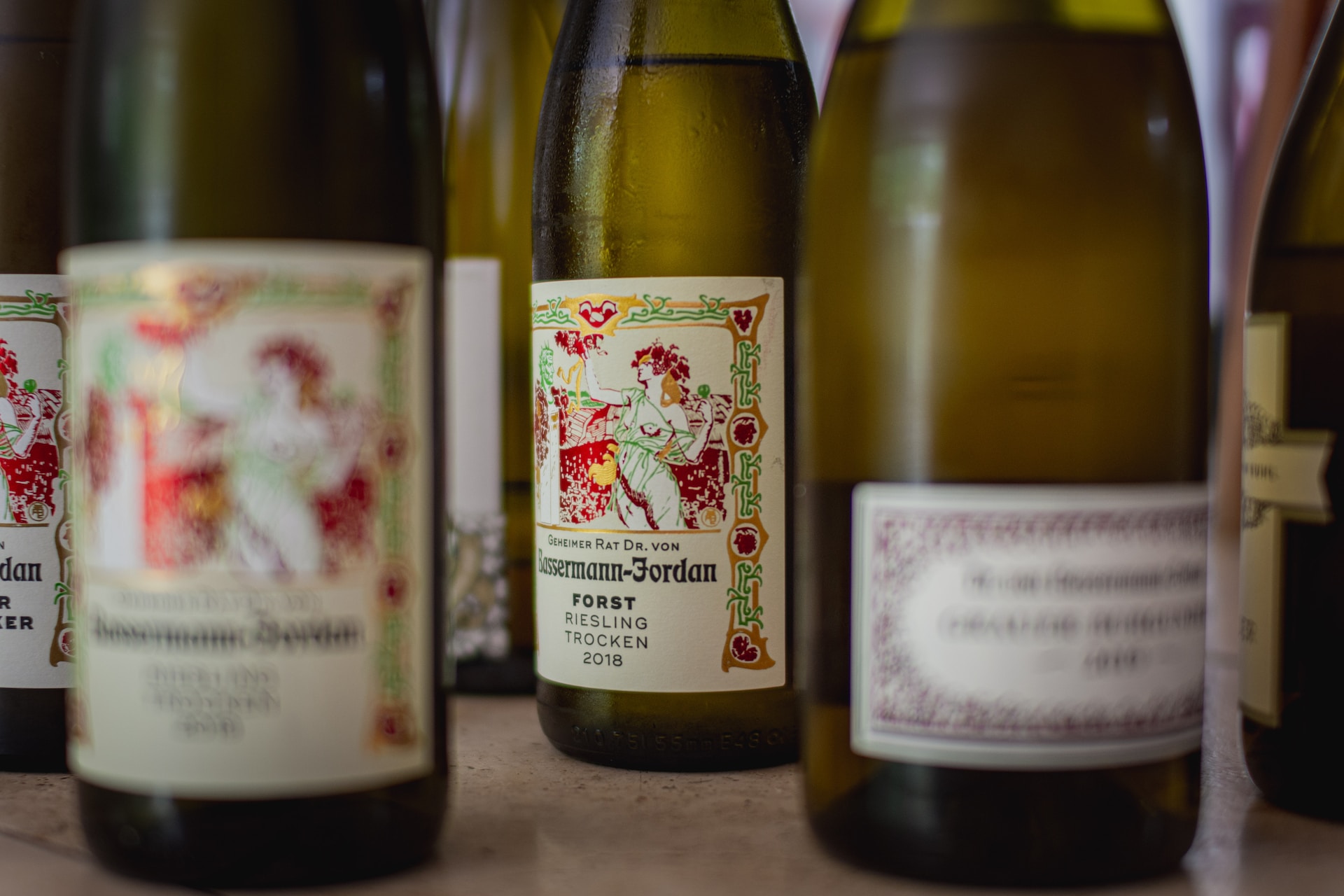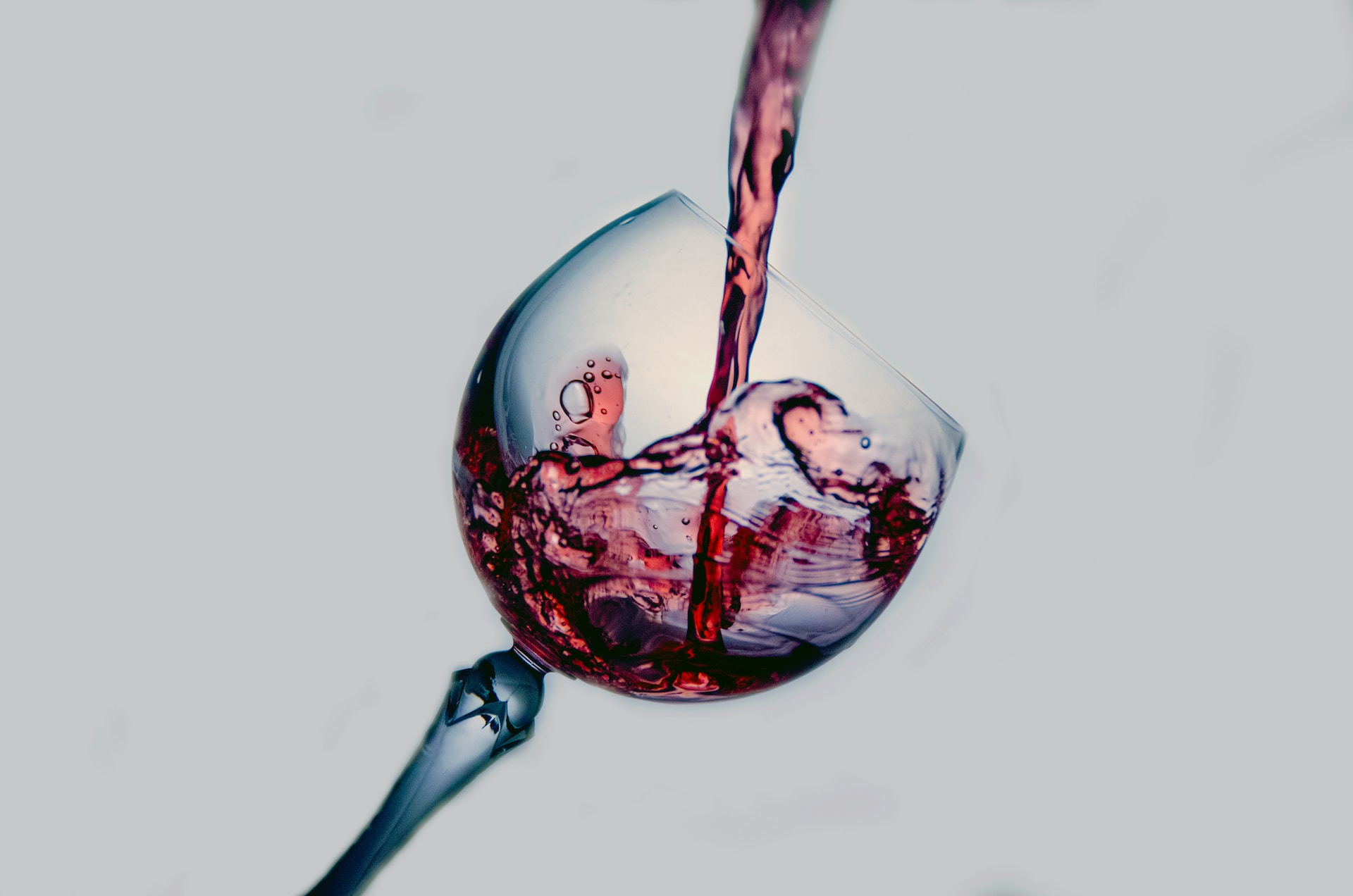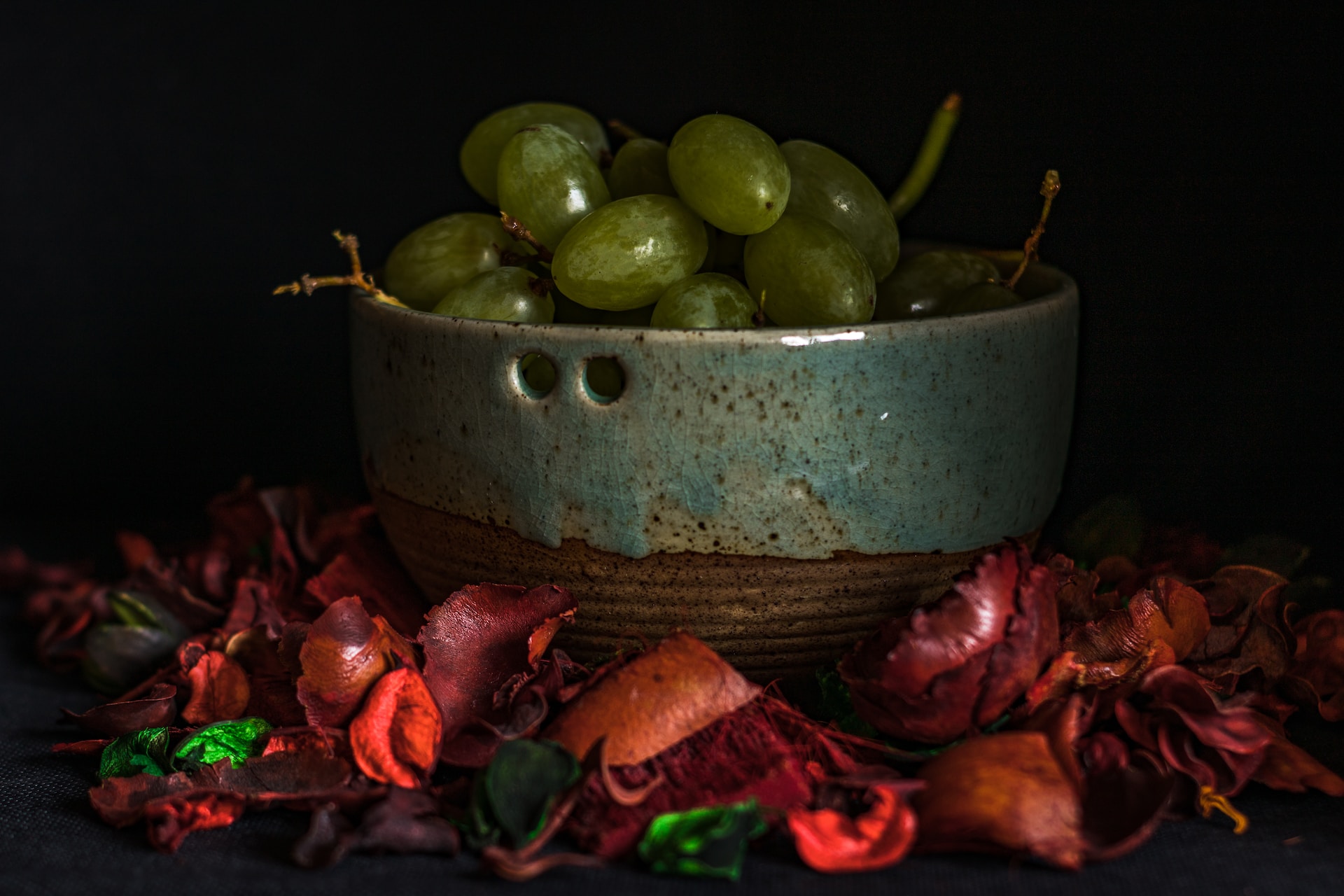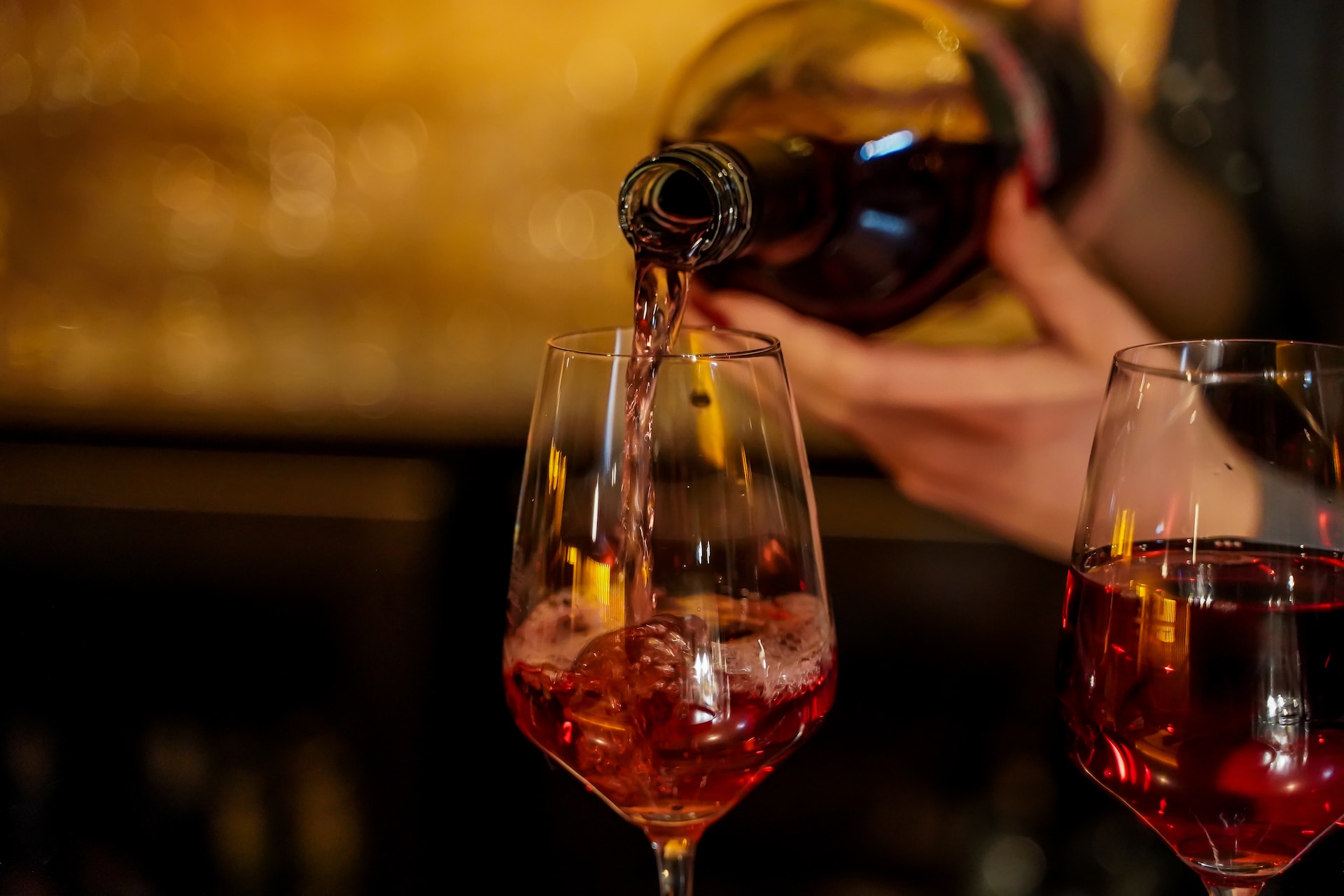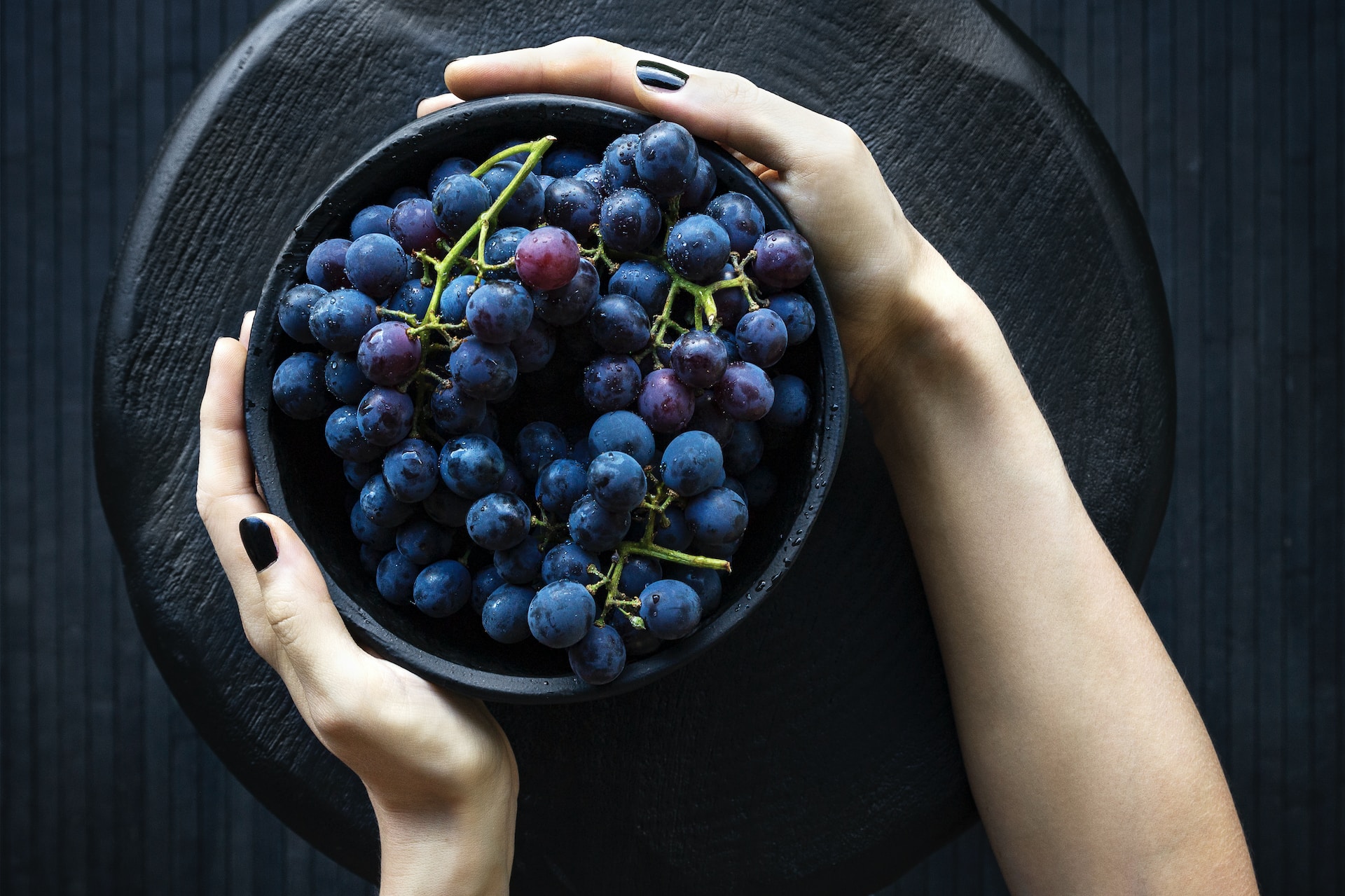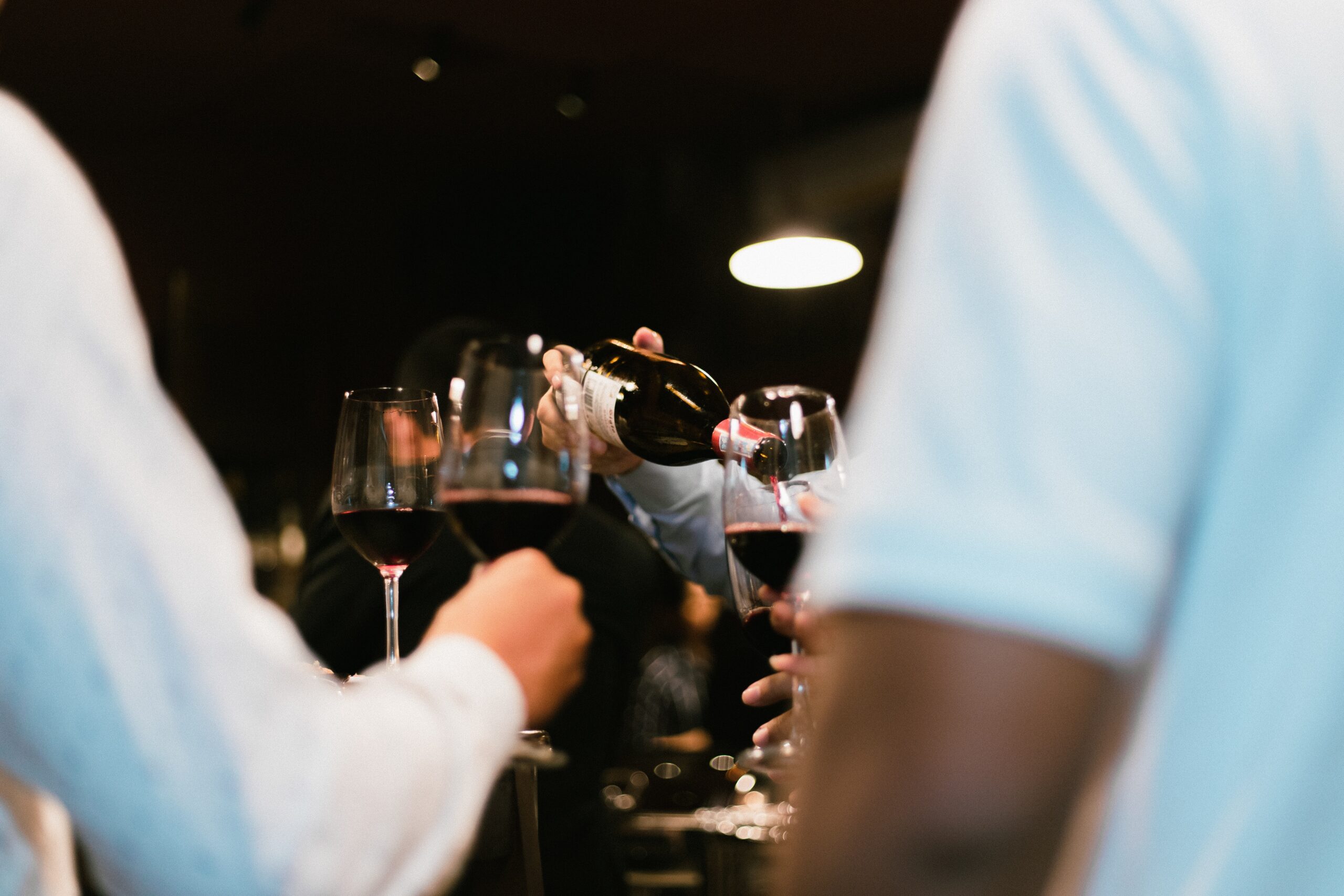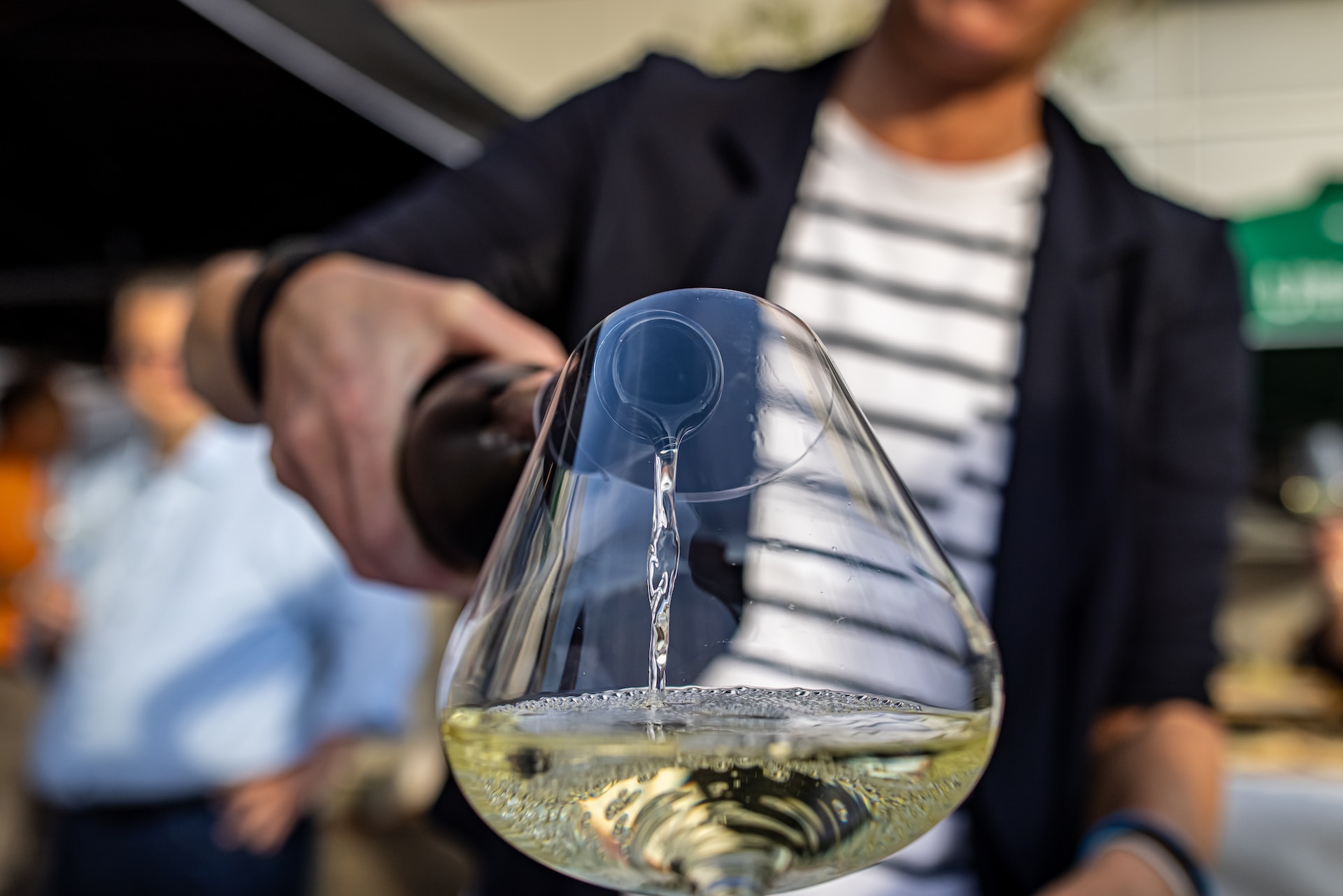Introduction
Wine is a beloved beverage enjoyed by people worldwide, and its complex flavors and aromas are often attributed to the intricate process of winemaking.
One critical element of this process is the choice of yeast strain used for fermentation. Yeast is responsible for converting grape sugars into alcohol and carbon dioxide, but different yeast strains can contribute unique characteristics to the final product. Different types of wine yeast strains can impart unique flavors, aromas, and characteristics to the finished wine.
In this article, you will delve into the world of wine yeast and explore the different types of yeast strains commonly used in winemaking. Here are some of the most commonly used types of wine yeast:
Saccharomyces cerevisiae (EC 1118)
Saccharomyces cerevisiae EC 1118 is a specific strain of yeast known for its distinct characteristics and suitability for various fermentation processes, especially in winemaking and brewing. Here are the key characteristics of Saccharomyces cerevisiae EC 1118:
High Alcohol Tolerance
One of the standout features of EC 1118 is its exceptional alcohol tolerance. This strain can ferment to high alcohol levels, typically up to 18% or even higher. This makes it suitable for producing wines and beers with elevated alcohol content.
Strong Fermentation Capacity
EC 1118 exhibits a vigorous and reliable fermentation process. It has a robust ability to convert sugars into alcohol and carbon dioxide, making it a preferred choice for both amateur and professional winemakers and brewers.
Low Nutrient Demand
This yeast strain is known for its relatively low nutrient requirements. While proper nutrition is essential for healthy fermentation, EC 1118 is less demanding in terms of nitrogen and other nutrients compared to some other yeast strains.
Neutral Flavor Profile
EC 1118 is prized for its neutral flavor and aroma profile. It tends not to impart strong or distinctive flavors to the final product, allowing the natural characteristics of the ingredients, such as grape varieties in winemaking, to shine through.
Resilience to Temperature Fluctuations
While it performs best within a temperature range of approximately 50°F to 86°F (10°C to 30°C), EC 1118 is relatively resilient to temperature fluctuations. This adaptability makes it suitable for various winemaking and brewing conditions.
Consistent and Predictable
Winemakers and brewers often appreciate the consistency and predictability of EC 1118. It reliably produces consistent results from batch to batch, making it a reliable choice for commercial production.
Low Production of Sulfur Compounds
EC 1118 typically produces lower levels of undesirable sulfur compounds during fermentation. This can be beneficial in reducing off-flavors and aromas associated with sulfur.
Sparkling Wine Production
Due to its high alcohol tolerance and clean fermentation profile, EC 1118 is commonly used for producing sparkling wines, including Champagne. It can withstand the additional pressures of bottle fermentation.
Long Shelf Life
EC 1118 yeast strains are available in both liquid and dry forms. Dry yeast, in particular, has a longer shelf life compared to liquid cultures, making it convenient for home winemakers and brewers.
Saccharomyces cerevisiae EC 1118 is a versatile and robust yeast strain prized for its ability to ferment to high alcohol levels, its clean and neutral flavor profile, and its adaptability to various fermentation conditions. These characteristics make it a popular choice in the production of a wide range of alcoholic beverages, including wine, beer, and sparkling wine.
- Characteristics. Versatile, high alcohol tolerance (up to 18%), neutral flavor profile.
- Applications. Used for both sparkling and still wines due to its strong fermentation capacity.
Saccharomyces bayanus (Lalvin K1-V1116)
Saccharomyces bayanus Lalvin K1-V1116 is a yeast strain commonly used in winemaking due to its specific characteristics and suitability for various wine styles. Here are the key characteristics of Saccharomyces bayanus Lalvin K1-V1116:
High Alcohol Tolerance
Lalvin K1-V1116 is known for its impressive alcohol tolerance, typically capable of fermenting in the range of 15-18% alcohol by volume. This makes it ideal for fermenting high-sugar grape musts and producing wines with elevated alcohol content.
Temperature Tolerance
This yeast strain can function effectively across a broad range of temperatures, typically between 50°F and 90°F (10°C to 32°C). Its ability to adapt to varying temperatures makes it versatile for winemaking in different regions and conditions.
Low Nutrient Demand
Lalvin K1-V1116 is relatively undemanding in terms of nutrient requirements, which can simplify winemaking processes. However, providing proper nutrients is still essential for healthy fermentation.
Clean and Neutral Fermentation Profile
It is prized for its clean and neutral flavor and aroma profile. Lalvin K1-V1116 tends not to introduce strong or unwanted flavors into the wine, allowing the varietal and regional characteristics of the grapes to shine through.
Fermentation Speed
Lalvin K1-V1116 is known for its rapid fermentation. It can ferment musts quickly, which can be advantageous in reducing the risk of contamination by spoilage microorganisms.
Enhanced Aroma and Flavor Complexity
While Lalvin K1-V1116 maintains a clean profile, it can also enhance the complexity of the wine’s aroma and flavor. It is often chosen to produce wines with pronounced fruitiness and floral notes.
Acidity Preservation
This yeast strain has the ability to help preserve and enhance the natural acidity of the grapes, making it suitable for wines where acidity is a crucial component, such as crisp white wines.
Versatility
Lalvin K1-V1116 is versatile and can be used for fermenting various grape varieties, including both white and red grapes. It is also suitable for producing wines with varying sweetness levels, from dry to sweet.
Sulfur Dioxide Tolerance
It exhibits good tolerance to sulfur dioxide (SO2), a common wine preservative. This can be advantageous in winemaking as SO2 is often used to prevent oxidation and microbial spoilage.
Consistency
Lalvin K1-V1116 offers consistency in fermentation results from batch to batch, which is valuable for both home winemakers and commercial wineries.
Saccharomyces bayanus Lalvin K1-V1116 is a popular yeast strain in winemaking due to its high alcohol tolerance, temperature adaptability, clean fermentation profile, and versatility. It is particularly well-suited for fermenting high-sugar grape musts and producing wines with well-preserved varietal characteristics. Winemakers appreciate its ability to create wines with both high alcohol content and enhanced aromatic complexity.
- Characteristics. High alcohol tolerance, works well at low temperatures, clean and crisp character.
- Applications. Ideal for white and red wines, especially those with delicate and aromatic profiles.
Saccharomyces cerevisiae (D47)
Saccharomyces cerevisiae D47 is a specific yeast strain used in winemaking known for its unique characteristics and suitability for certain wine styles. Here are the key characteristics of Saccharomyces cerevisiae D47:
Moderate Alcohol Tolerance
Saccharomyces cerevisiae D47 has a moderate alcohol tolerance, typically ranging from 14% to 16%. This makes it suitable for fermenting wines with moderate to slightly elevated alcohol content.
Temperature Sensitivity
D47 is sensitive to temperature fluctuations. It performs best within a relatively narrow temperature range, typically between 59°F and 68°F (15°C to 20°C). Proper temperature control is crucial for successful fermentation with this strain.
Enhanced Aromatic Characteristics
One of the distinguishing features of D47 is its ability to enhance the aromatic profile of wines. It is known for promoting the development of fruity and floral aromas in both white and red wines.
Complexity and Elegance
D47 can contribute to the complexity and elegance of the finished wine. It is often chosen for wines where aroma and flavor complexity are desired, such as Chardonnay, Riesling, and other aromatic white varieties.
Acid Retention
This yeast strain tends to retain and enhance the natural acidity of the grapes, resulting in wines with good acidity levels. It is particularly well-suited for wines where acidity is a crucial component.
Smooth Mouthfeel
D47 can help create wines with a smooth and rounded mouthfeel. This characteristic can be advantageous in producing wines with a balanced and harmonious texture.
Low Production of Sulfur Compounds
Saccharomyces cerevisiae D47 typically produces lower levels of undesirable sulfur compounds during fermentation. This can contribute to a clean and appealing aroma profile.
White and Red Wine Application
While it is often associated with white wine production, D47 can also be used for fermenting red wines, particularly those that benefit from its aromatic-enhancing properties.
Fermentation Speed
D47 tends to ferment at a moderate pace, allowing winemakers to manage the fermentation process carefully. This can be advantageous in certain winemaking scenarios where slower fermentation is desired.
Consistency
Like other specialized yeast strains, D47 offers consistency in fermentation results from batch to batch, which is valuable for both home winemakers and commercial wineries.
Saccharomyces cerevisiae D47 is a yeast strain prized for its ability to enhance the aromatic characteristics of wines, promote complexity, and retain acidity. It is particularly well-suited for white wine varieties where aroma and flavor development are essential, and depending on the desired style, it can also be used to make red wine. Proper temperature control and fermentation management are crucial when working with this yeast to achieve the desired wine characteristics.
- Characteristics. Enhances fruity and floral aromas, moderate alcohol tolerance (around 14%).
- Applications. Commonly used in the production of white wines, including Chardonnay and Riesling.
Saccharomyces cerevisiae (RC 212)
Saccharomyces cerevisiae RC 212 is a specific yeast strain known for its characteristics and suitability for winemaking, especially for fermenting red grape varieties. Here are the key characteristics of Saccharomyces cerevisiae RC 212:
High Alcohol Tolerance
RC 212 is prized for its high alcohol tolerance, typically ranging from 14% to 16%. This characteristic makes it well-suited for fermenting red wines, which often have elevated sugar levels and alcohol content.
Temperature Adaptability
This yeast strain can ferment effectively within a relatively wide temperature range, typically between 68°F and 86°F (20°C to 30°C). Its ability to adapt to varying temperature conditions allows winemakers flexibility in their winemaking process.
Enhanced Color and Structure
RC 212 is known for its positive impact on the color and structure of red wines. It can promote the extraction of phenolic compounds from grape skins, contributing to the wine’s color stability and mouthfeel.
Development of Fruity and Spicy Aromas
One of the distinguishing features of RC 212 is its ability to enhance the development of fruity and spicy aromas in red wines. It can contribute to the complexity and aromatic character of the final product.
Tannin Management
RC 212 is often chosen for red wines that require tannin management. It can help create a balanced and well-structured wine by softening harsh tannins and improving overall mouthfeel.
Moderate Fermentation Speed
While not as fast as some other yeast strains, RC 212 typically ferments at a moderate pace. This allows for better control over the fermentation process, particularly in red wine production.
Varietal Expression
RC 212 is known for preserving and enhancing the varietal character of red grape varieties. It allows the distinct qualities of the grapes to shine through, making it a versatile choice for various red wine styles.
Good Tolerance for Sulfur Dioxide
This yeast strain exhibits good tolerance to sulfur dioxide (SO2), a common wine preservative. This can be advantageous in winemaking for preventing oxidation and microbial spoilage.
Consistency
Like other specialized yeast strains, RC 212 offers consistency in fermentation results from batch to batch. This is valuable for both commercial wineries and home winemakers.
Saccharomyces cerevisiae RC 212 is a highly regarded yeast strain in winemaking, particularly for fermenting red grape varieties. Its high alcohol tolerance, ability to extract color and structure, development of fruity and spicy aromas, and tannin management capabilities make it a preferred choice for producing a wide range of red wines. Winemakers appreciate its ability to enhance the varietal expression of the grapes while providing consistent and predictable fermentation outcomes.
- Characteristics. Promotes color, mouthfeel, and structure in red wines, develops fruity and spicy flavors.
- Applications. Favored for fermenting red grape varieties.
Saccharomyces cerevisiae (Cote des Blancs)
Saccharomyces cerevisiae Côte des Blancs is a specific yeast strain known for its unique characteristics and suitability for winemaking, particularly for white and sparkling wine production. Here are the key characteristics of Saccharomyces cerevisiae Côte des Blancs:
Low to Moderate Alcohol Tolerance
Côte des Blancs yeast typically has a lower alcohol tolerance compared to some other wine yeast strains, often around 13-15%. This makes it well-suited for fermenting white wines and sparkling wines, which tend to have lower alcohol content.
Neutral Fermentation Profile
Côte des Blancs is prized for its neutral flavor and aroma profile. It tends not to impart strong or undesirable flavors to the final wine, allowing the varietal and regional characteristics of the grapes to shine through.
Enhanced Fruity and Floral Aromas
One of the standout features of Côte des Blancs is its ability to enhance the development of fruity and floral aromas in white wines. It can contribute to a wine’s aromatic complexity and elegance.
Acid Retention
This yeast strain has the capacity to retain and enhance the natural acidity of white grapes. It is particularly well-suited for white wines where crisp acidity is a desirable characteristic.
Fine Bubbles in Sparkling Wines
Côte des Blancs yeast is often chosen for the production of sparkling wines, including Champagne. It can produce fine and persistent bubbles, contributing to the effervescence and mouthfeel of the wine.
Promotion of Elegance
Côte des Blancs is associated with wines that exhibit elegance and finesse. It is commonly used for varieties like Chardonnay and Pinot Blanc, where a refined and delicate character is desired.
Moderate Fermentation Speed
While not the fastest fermenter, Côte des Blancs yeast typically ferments at a moderate pace. This enables winemakers to precisely regulate the fermentation process.
Sulfur Dioxide Tolerance
Côte des Blancs yeast strains tend to exhibit good tolerance to sulfur dioxide (SO2), which can be advantageous for preventing oxidation and microbial spoilage in winemaking.
Consistency
Like other specialized yeast strains, Côte des Blancs offers consistency in fermentation results from batch to batch. This is valuable for both commercial wineries and home winemakers.
Varietal Expression
Côte des Blancs is known for preserving and enhancing the varietal character of white grape varieties. It allows the distinct qualities of the grapes to come forward, making it a versatile choice for various white wine styles.
Saccharomyces cerevisiae Côte des Blancs is a highly regarded yeast strain in winemaking, particularly for white and sparkling wines. Its ability to enhance fruity and floral aromas, retain acidity, and promote elegance makes it an excellent choice for producing a wide range of white wines that are known for their aromatic complexity and finesse.
- Characteristics. Clean and crisp flavor profile, fruity notes.
- Applications. Popular for white and sparkling wines, such as Chardonnay and Champagne.
Saccharomyces bayanus (Lalvin D254)
Saccharomyces bayanus Lalvin D254 is a specific yeast strain known for its unique characteristics and suitability for winemaking, especially for fermenting red grape varieties. Here are the key characteristics of Saccharomyces bayanus Lalvin D254:
Moderate to High Alcohol Tolerance
Lalvin D254 has a moderate to high alcohol tolerance, typically ranging from 16% to 17%. This makes it well-suited for fermenting wines with elevated alcohol content.
Temperature Adaptability
This yeast strain can ferment effectively within a moderate temperature range, typically between 68°F and 86°F (20°C to 30°C). Its ability to adapt to varying temperature conditions allows winemakers flexibility in their winemaking process.
Enhanced Color and Mouthfeel
D254 is known for its positive impact on the color and mouthfeel of red wines. It can promote the extraction of phenolic compounds from grape skins, contributing to the wine’s color stability and improving overall texture.
Development of Complex Aromas and Flavors
One of the distinguishing features of D254 is its ability to enhance the development of complex aromas and flavors in red wines. It can contribute to the wine’s aromatic richness, including fruit, spice, and floral notes.
Softening of Tannins
D254 is often chosen for red wines that require tannin management. It can aid in mellowing bitter tannins and enhance the wine’s overall harmony and texture.
Moderate Fermentation Speed
While not the fastest fermenter, D254 typically ferments at a moderate pace. This allows winemakers to manage the fermentation process carefully and control extraction.
Varietal Expression
D254 is known for preserving and enhancing the varietal character of red grape varieties. It allows the distinct qualities of the grapes to come forward, making it a versatile choice for various red wine styles.
Improved Aromatic Complexity
This yeast strain can promote aromatic complexity, which can be advantageous in producing wines with layered and intriguing aromas.
Sulfur Dioxide Tolerance
D254 yeast strains exhibit good tolerance to sulfur dioxide (SO2), a common wine preservative. This can be advantageous for preventing oxidation and microbial spoilage in winemaking.
Consistency
Like other specialized yeast strains, D254 offers consistency in fermentation results from batch to batch. This is valuable for both commercial wineries and home winemakers.
Saccharomyces bayanus Lalvin D254 is a highly regarded yeast strain in winemaking, particularly for fermenting red grape varieties. Its high alcohol tolerance, ability to extract color and mouthfeel, development of complex aromas and flavors, and tannin management capabilities make it a preferred choice for producing a wide range of red wines. Winemakers appreciate its ability to enhance the varietal expression of the grapes while providing consistent and predictable fermentation outcomes.
- Characteristics. Enhances mouthfeel, complexity in red wines.
- Applications. Ideal for red wine fermentation, especially in varieties like Cabernet Sauvignon and Merlot.
Wild Yeast
Wild yeast, often referred to as native yeast or ambient yeast, consists of various strains of yeast that naturally occur in the environment, including vineyards, wineries, and the surrounding flora. These yeasts can play a significant role in spontaneous fermentation processes, such as those used in some traditional winemaking and brewing techniques. Here are the key characteristics of wild yeast:
Natural Occurrence
Wild yeast strains are naturally present in the environment, including on the surface of grape skins, in the air, and on winery equipment. They are not cultured or specifically introduced by winemakers or brewers.
Biodiversity
Wild yeast populations can be diverse, with different strains coexisting in the same environment. This biodiversity can lead to complex and unique fermentation profiles.
Variable Fermentation Characteristics
Wild yeast strains can exhibit a wide range of fermentation characteristics. Some strains may ferment quickly and produce certain flavors and aromas, while others may ferment slowly and contribute different sensory qualities to the final product.
Complex Flavor Profiles
Wild yeast fermentation can result in wines or beers with complex and distinctive flavor profiles. These flavors may include earthy, fruity, floral, or funky notes, depending on the specific yeast strains involved and the environmental factors.
Spontaneous Fermentation
Spontaneous fermentation relies on the wild yeast present in the environment to initiate and complete the fermentation process. This approach can lead to unique and unpredictable outcomes, making each batch of wine or beer distinct.
Terroir Expression
Wild yeast fermentation can highlight the terroir, which is the influence of the local environment on the final product. It can capture the unique characteristics of a specific vineyard or region.
Challenges and Risks
Working with wild yeast can be challenging for winemakers and brewers. It requires careful monitoring and management because wild yeast strains can be less predictable than cultured yeast strains. There is a risk of spoilage or off-flavor development if the fermentation process is not controlled.
Mixed Fermentation
Some winemakers and brewers use a combination of both wild yeast and selected yeast strains to achieve a balanced and controlled fermentation process. This approach allows for the expression of wild yeast characteristics while reducing the risk of fermentation problems.
Traditional and Artisanal Practices
Wild yeast fermentation is often associated with traditional and artisanal winemaking and brewing practices. It is used in certain wine styles like natural wines and lambics in the beer world.
Longer Fermentation Times
Fermentation with wild yeast strains can sometimes take longer to complete compared to fermentation with commercial yeast strains. This extended fermentation period can influence the final flavor and aroma profiles.
Wild yeast adds a layer of complexity and uniqueness to the fermentation process in winemaking and brewing. While it can result in distinctive and exciting flavors and aromas, it also presents challenges and risks that require careful management and expertise to harness its potential effectively. Wild yeast fermentation is valued for its ability to capture the essence of a specific location and contribute to the diversity of wine and beer styles.
- Characteristics. Unique and complex flavors, depends on the local environment.
- Applications. Some winemakers opt for natural or wild yeast strains present in the vineyard or winery.
Specialized Strains
Specialized yeast strains are yeast varieties that have been specifically developed or selected for particular applications in winemaking, brewing, and other fermentation processes. These strains are engineered or chosen for their unique characteristics to address specific needs or challenges in the production of certain types of beverages. Here are some common characteristics of specialized yeast strains:
Targeted Fermentation Properties
Specialized yeast strains are selected or engineered to possess specific fermentation properties, such as alcohol tolerance, temperature tolerance, and fermentation speed, tailored to the requirements of the intended product.
Flavor and Aroma Development
Some specialized strains are chosen or designed to enhance or impart specific flavors and aromas to the final product. For example, they may promote fruity, floral, spicy, or estery notes in wines or beers.
Nutrient Requirements
These strains may have unique nutrient requirements or preferences, and they are often used in conjunction with specific nutrient regimes to optimize fermentation performance.
Resilience to Adverse Conditions
Specialized strains may exhibit resilience to adverse conditions like high acidity, high sugar levels, or the presence of certain inhibitors. This allows them to thrive in challenging environments.
Consistency
Specialized yeast strains are typically selected for their consistency in fermentation outcomes. This is especially important in commercial production to ensure product uniformity.
Stuck Fermentation Prevention
Some specialized strains are chosen to minimize the risk of stuck fermentations, where the fermentation process halts prematurely. They can complete fermentations even in difficult conditions.
Enhanced Color Extraction
In wine production, specialized strains may be selected to enhance the extraction of color compounds from grape skins, contributing to the wine’s hue and stability.
Carbonation and Mouthfeel
In brewing, specialized strains may be chosen for their ability to produce specific levels of carbonation and mouthfeel in beer styles like stouts, porters, or lagers.
High-Sugar Environments
Some specialized strains are engineered to thrive in high-sugar environments, such as those found in the production of sweet wines or ice wines.
Protection Against Spoilage Microorganisms
In addition to their primary fermentation roles, specialized strains may be selected for their ability to inhibit the growth of spoilage microorganisms, enhancing product stability.
Tailored for Specific Styles
These strains are often chosen to complement and enhance the characteristics of specific beverage styles, such as the yeast strains used in the production of Champagne, Belgian ales, or specific wine varietals.
Controlled Fermentation
Specialized strains may provide winemakers and brewers with greater control over the fermentation process, allowing them to achieve precise outcomes desired for their products.
Specialized yeast strains are essential tools in the hands of winemakers, brewers, and fermenters to achieve specific goals and meet the unique requirements of different beverage styles. These strains are selected or engineered to excel in particular aspects of fermentation and flavor development, offering a level of precision and customization in the production process.
- Characteristics. Tailored for specific purposes, such as sweet wine or ice wine production.
- Applications. Designed to thrive in high-sugar environments.
Choosing the Right Yeast
The choice of wine yeast is a crucial decision for winemakers. It depends on various factors, including:
- Grape Variety. Different grape varieties have unique characteristics, and the yeast chosen should complement or enhance these traits.
- Wine Style. Whether you’re making red, white, sparkling, or sweet wine, the yeast strain should align with the desired style.
- Fermentation Conditions. Consider factors like temperature, oxygen exposure, and nutrient levels, as some yeast strains are more sensitive to these conditions than others.
- Desired Flavor and Aroma. Determine the flavor and aroma profile you want in your wine, whether it’s fruity, floral, spicy, or neutral.
- Winemaker’s Goals. Each winemaker may have specific preferences and goals, so experimenting with different yeast strains can lead to unique and personalized wines.
Conclusion
The world of wine yeast strains is diverse and exciting, offering winemakers a wide range of options to craft distinctive and exceptional wines. Understanding the characteristics and applications of different yeast strains is essential for achieving the desired flavor, aroma, and overall quality in your wine. As you embark on your winemaking journey, don’t hesitate to explore and experiment with various yeast strains to discover the perfect match for your wine production needs.

